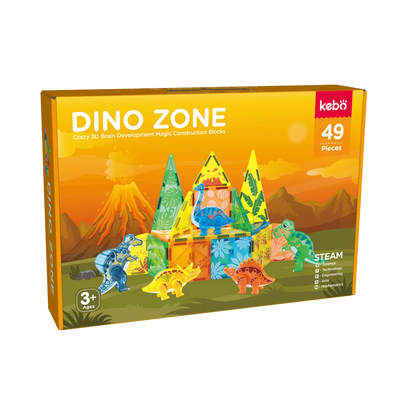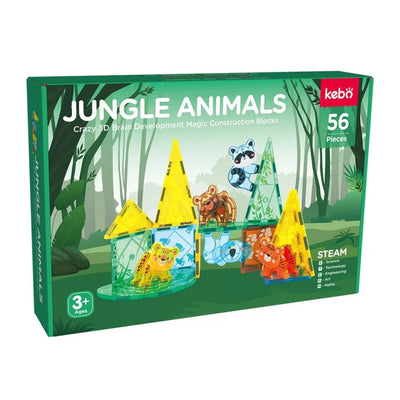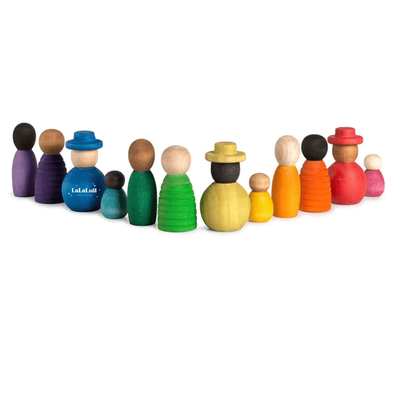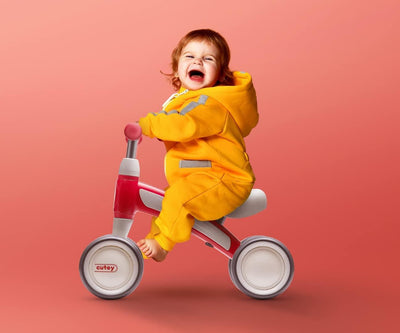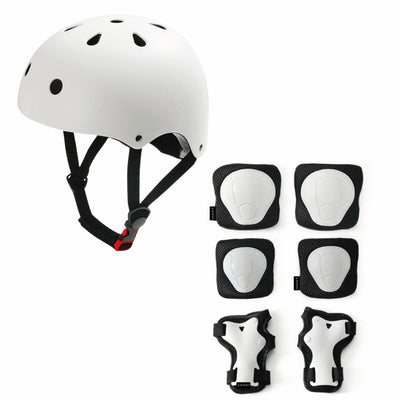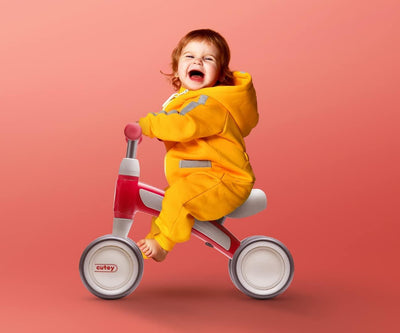Introducing your toddler to a balance bike can be a thrilling adventure, marking the beginning of a lifetime of cycling fun and freedom. But with so many options available, selecting the perfect one can seem daunting. This guide is here to navigate you through the essential considerations, ensuring your little explorer gets off to a great start. Let's pedal through the journey of choosing the best toddle balance bike together!
Understanding the Basics of Balance Bikes
Balance bikes, unlike traditional bicycles, are designed without pedals. This simplicity allows toddlers to focus on mastering balance and steering first, pushing off the ground with their feet. Once they're comfortable, they naturally start lifting their feet to glide. This foundational skill makes the transition to pedal bikes smoother and often eliminates the need for training wheels.
The Right Age for a Balance Bike Adventure
Most children are ready for a balance bike when they can walk confidently, typically around 18 months. However, balance bikes come in various sizes to cater to children up to 5 years old. The key is ensuring your child's feet can touch the ground comfortably so they can push off and stop the bike independently.
For Y velo Balance Bike, the suitable age is 18 month -- 3 years
Selecting the Perfect Size and Fit
The fit is crucial for safety and comfort. A bike too large or too small can frustrate your child and hinder their learning. Look for a bike with an adjustable seat and handlebars to grow with your child. The ideal seat height is one where your child's feet are flat on the ground, with a slight bend in the knees for optimal control and comfort.
Material Matters: Comparing Balance Bike Frames
Balance bikes are typically made from metal, wood, or plastic. Metal bikes are durable and can last through multiple children but might be heavier for younger toddlers. Wood bikes offer a unique aesthetic and are eco-friendly but aren't as adjustable or weather-resistant as metal. Plastic bikes are lightweight and often less expensive but might not withstand years of use. Consider your priorities and choose accordingly.
Safety Features to Look For
Your child's safety is paramount. Look for bikes with rounded, smooth edges to minimize injury risks. Pneumatic (air-filled) tires offer better traction and shock absorption compared to solid tires, making for a smoother ride. Additionally, a bike with a steering limiter can prevent sharp turns that might cause falls.
Accessorize for Fun and Functionality
Accessories can make riding more enjoyable and safer. A well-fitted helmet is a must to protect your child's head. Consider knee and elbow pads for additional safety, especially for beginners. Bell, baskets, and personalized decals can make the bike more appealing to your toddler, encouraging them to ride more often.
Making the Most of Your Balance Bike Investment
To ensure longevity, choose a bike that's easy to maintain and adjust. Regularly check and tighten bolts, and keep tires inflated properly. Teach your child to store the bike indoors or in a dry area to prevent rust and weather damage. Most importantly, make riding a regular activity. The more your child rides, the quicker they'll develop the confidence and skills to transition to a pedal bike.
Selecting the right balance bike is about understanding your child's needs and ensuring they have a safe, enjoyable experience. With the right balance bike, your little explorer will not only develop essential motor skills but also build the confidence that will benefit them across all areas of life. Here's to the beginning of a lifelong adventure on two wheels!
